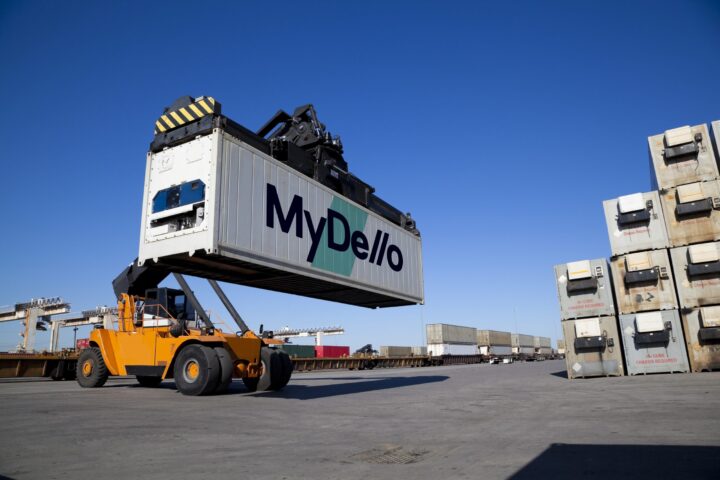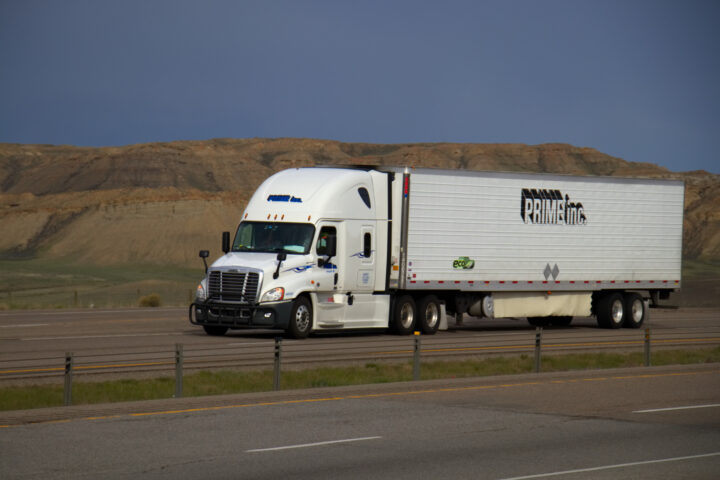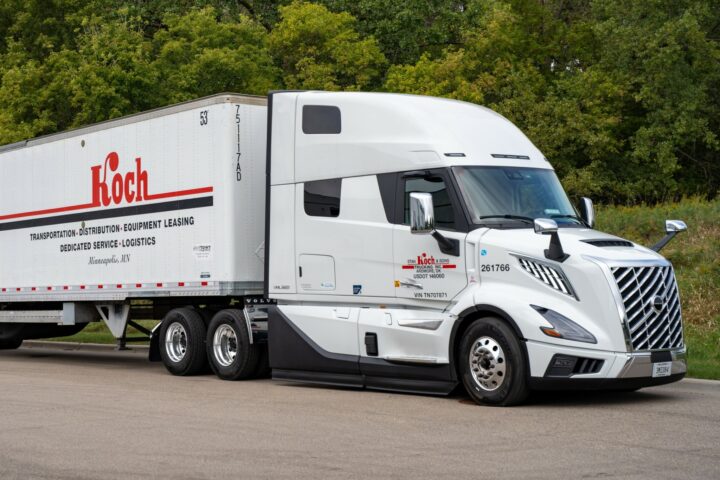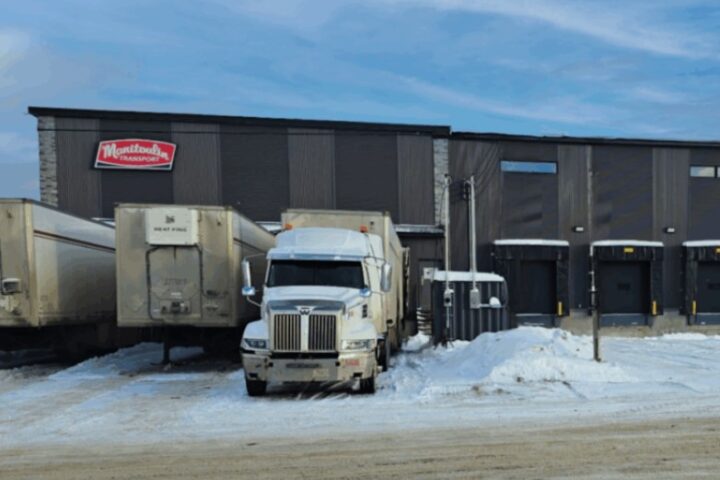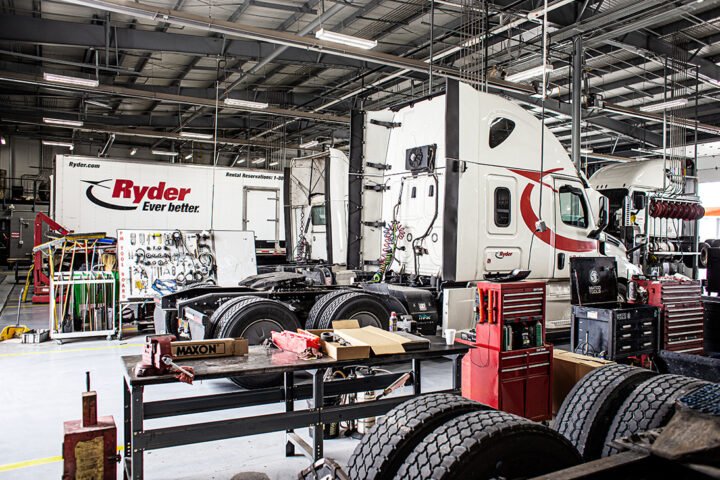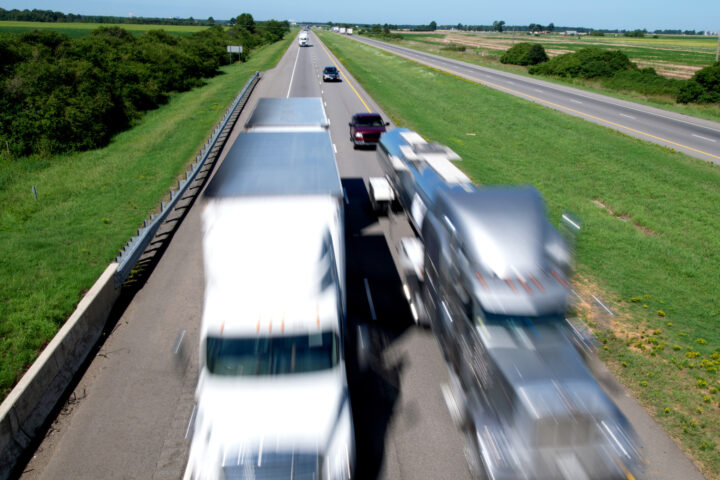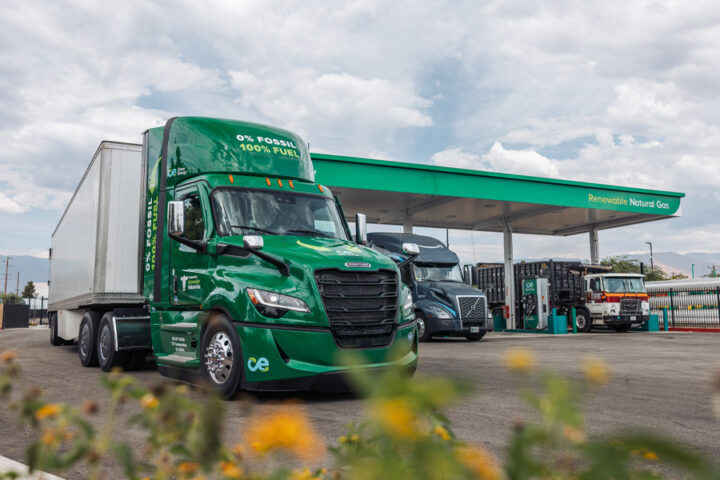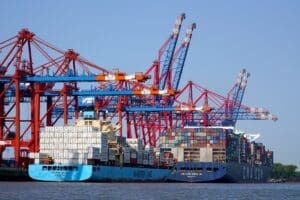 The current landscape of global supply chains is undergoing a rapid, technology-driven transformation marked by increasing regulatory costs and heightened operational risks. Key developments include the European Union’s expansion of its Emissions Trading System (ETS2) to road transport and buildings, which will significantly raise logistics and heating costs in Europe, pushing companies to integrate carbon price modeling into their financial performance. Simultaneously, reliance on digital infrastructure has been exposed as a major vulnerability by the prolonged AWS outage in the US-East-1 region, which disrupted logistics and fulfillment processes across industries. Against this backdrop of cost and risk, two distinct strategies for future resilience are emerging: the Center for Climate and Energy Solutions (C2ES) is calling for the urgent integration of climate-specific data into supply chain management, while industry giant Amazon is signaling a profound shift in labor dynamics by planning to automate 75% of its operations, potentially displacing 600,000 future human jobs by 2033, even as the U.S. and Australia seek to secure future resource inputs by signing a joint framework to build a resilient critical mineral supply chain.
The current landscape of global supply chains is undergoing a rapid, technology-driven transformation marked by increasing regulatory costs and heightened operational risks. Key developments include the European Union’s expansion of its Emissions Trading System (ETS2) to road transport and buildings, which will significantly raise logistics and heating costs in Europe, pushing companies to integrate carbon price modeling into their financial performance. Simultaneously, reliance on digital infrastructure has been exposed as a major vulnerability by the prolonged AWS outage in the US-East-1 region, which disrupted logistics and fulfillment processes across industries. Against this backdrop of cost and risk, two distinct strategies for future resilience are emerging: the Center for Climate and Energy Solutions (C2ES) is calling for the urgent integration of climate-specific data into supply chain management, while industry giant Amazon is signaling a profound shift in labor dynamics by planning to automate 75% of its operations, potentially displacing 600,000 future human jobs by 2033, even as the U.S. and Australia seek to secure future resource inputs by signing a joint framework to build a resilient critical mineral supply chain.
EU’s Updated Emission Trading System, ETS2, Will Have a Range of Impacts on European Supply Chains
 In 2027, the European Union will expand its Emissions Trading System through a new phase known as ETS2. For the first time, emissions from road transport and building heat will be covered by a carbon price. This change turns carbon from an environmental issue into a direct operating cost that affects every part of the European economy. Under ETS2, fuel distributors will buy carbon allowances and pass those costs through the supply chain. Analysts expect prices near €45 to €50 per ton of CO₂, which would add 10 to 15 eurocents per liter to fuel costs and raise heating expenses by about 20 to 25 percent. The EU’s Social Climate Fund, worth around €86 billion, will help offset the burden for lower-income households, but energy and transportation costs will still rise for most businesses and consumers. The policy’s effect will extend across freight, warehousing, and manufacturing. ETS2 integrates carbon pricing into the cost base of logistics and supply chains, linking emissions directly to financial performance.
In 2027, the European Union will expand its Emissions Trading System through a new phase known as ETS2. For the first time, emissions from road transport and building heat will be covered by a carbon price. This change turns carbon from an environmental issue into a direct operating cost that affects every part of the European economy. Under ETS2, fuel distributors will buy carbon allowances and pass those costs through the supply chain. Analysts expect prices near €45 to €50 per ton of CO₂, which would add 10 to 15 eurocents per liter to fuel costs and raise heating expenses by about 20 to 25 percent. The EU’s Social Climate Fund, worth around €86 billion, will help offset the burden for lower-income households, but energy and transportation costs will still rise for most businesses and consumers. The policy’s effect will extend across freight, warehousing, and manufacturing. ETS2 integrates carbon pricing into the cost base of logistics and supply chains, linking emissions directly to financial performance.
US and Australia Sign Framework for Critical Mineral Supply Chain
 The U.S. and Australia have launched a multi-billion-dollar initiative to establish a critical minerals supply chain, vital for their military and domestic industries. On Monday, U.S. President Donald Trump and Australian Prime Minister Anthony Albanese signed a non-binding framework for collaboration. This agreement includes joint public and private investments in critical mineral mining and processing, a commitment to streamline or deregulate permitting for extraction and refining, and a pledge to adopt price floors or similar measures to protect domestic markets from unfair trade practices. According to the framework document, both countries plan to provide at least $1 billion in financing for critical mineral projects within six months. Prime Minister Albanese also mentioned an $8.5 billion pipeline as part of the deal during the signing, though specific details were not provided.
The U.S. and Australia have launched a multi-billion-dollar initiative to establish a critical minerals supply chain, vital for their military and domestic industries. On Monday, U.S. President Donald Trump and Australian Prime Minister Anthony Albanese signed a non-binding framework for collaboration. This agreement includes joint public and private investments in critical mineral mining and processing, a commitment to streamline or deregulate permitting for extraction and refining, and a pledge to adopt price floors or similar measures to protect domestic markets from unfair trade practices. According to the framework document, both countries plan to provide at least $1 billion in financing for critical mineral projects within six months. Prime Minister Albanese also mentioned an $8.5 billion pipeline as part of the deal during the signing, though specific details were not provided.
AWS Outage Highlights Cloud Dependency Risks in Supply Chains
 A prolonged outage at Amazon Web Services (AWS) on October 20 caused disruptions across various industries, including logistics and supply chain operations. The incident, which lasted approximately 15 hours, originated in AWS’s US-East-1 region in Northern Virginia and affected several core cloud services. The outage was linked to DNS resolution issues affecting Amazon DynamoDB. These issues caused service degradation in EC2, Lambda, CloudWatch, and SQS. According to AWS Health Dashboard updates, organizations experienced increased error rates, delayed EC2 instance launches, and throttled functions such as message processing and Lambda event handling. These technical problems affected logistics workflows. Amazon customers received notices of delayed deliveries, and some were unable to access tracking information. Systems used in Amazon fulfillment centers, which rely on AWS services, also experienced slower response times.
A prolonged outage at Amazon Web Services (AWS) on October 20 caused disruptions across various industries, including logistics and supply chain operations. The incident, which lasted approximately 15 hours, originated in AWS’s US-East-1 region in Northern Virginia and affected several core cloud services. The outage was linked to DNS resolution issues affecting Amazon DynamoDB. These issues caused service degradation in EC2, Lambda, CloudWatch, and SQS. According to AWS Health Dashboard updates, organizations experienced increased error rates, delayed EC2 instance launches, and throttled functions such as message processing and Lambda event handling. These technical problems affected logistics workflows. Amazon customers received notices of delayed deliveries, and some were unable to access tracking information. Systems used in Amazon fulfillment centers, which rely on AWS services, also experienced slower response times.
C2ES Publishes Report Highlighting the Need for Climate Risk Data in Modern Supply Chain Management
 A recent report published by the Center for Climate and Energy Solutions explores the current challenges facing global supply chains, including man-made and natural disasters. It reviews the existing supply chain resilience frameworks, emphasizing viability, flexibility, contingency, and supplier collaboration. The crux of the report is the absence of climate-specific metrics and decision-useful disclosure tools made available for supply chain managers. In an era of economic volatility and climate change, companies are navigating turbulent waters. The report calls for integrated approaches that align climate and supply chain practices and greater collaboration among businesses. It highlights how this absence prevents managers from being informed about existing and impending climate risks. The report advocates for the adoption of integrated strategies that blend climate and supply chain management, stressing the importance of enhanced business collaboration to achieve this.
A recent report published by the Center for Climate and Energy Solutions explores the current challenges facing global supply chains, including man-made and natural disasters. It reviews the existing supply chain resilience frameworks, emphasizing viability, flexibility, contingency, and supplier collaboration. The crux of the report is the absence of climate-specific metrics and decision-useful disclosure tools made available for supply chain managers. In an era of economic volatility and climate change, companies are navigating turbulent waters. The report calls for integrated approaches that align climate and supply chain practices and greater collaboration among businesses. It highlights how this absence prevents managers from being informed about existing and impending climate risks. The report advocates for the adoption of integrated strategies that blend climate and supply chain management, stressing the importance of enhanced business collaboration to achieve this.
Leaked Documents Reveal Amazon’s Warehouse Robots May Curb 600,000 Future Hires
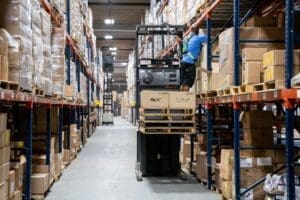 Internal Amazon documents reveal the company’s plans to significantly increase its reliance on robots, potentially replacing human workers. While the documents don’t explicitly mention mass layoffs, the increased use of automation could prevent Amazon from hiring new employees to meet growing demand. This could lead to an estimated 600,000 jobs being replaced by 2033. Amazon announced in June that it has already deployed over 1 million robots across its fulfillment and delivery network, a number that is roughly two-thirds the size of its human workforce. The company’s internal goal is to automate 75% of its operations. This strategic shift towards greater automation in Amazon’s warehouses could result in substantial cost savings, with Morgan Stanley analyst Brian Nowak estimating annual savings could reach as high as $4 billion by 2027.
Internal Amazon documents reveal the company’s plans to significantly increase its reliance on robots, potentially replacing human workers. While the documents don’t explicitly mention mass layoffs, the increased use of automation could prevent Amazon from hiring new employees to meet growing demand. This could lead to an estimated 600,000 jobs being replaced by 2033. Amazon announced in June that it has already deployed over 1 million robots across its fulfillment and delivery network, a number that is roughly two-thirds the size of its human workforce. The company’s internal goal is to automate 75% of its operations. This strategic shift towards greater automation in Amazon’s warehouses could result in substantial cost savings, with Morgan Stanley analyst Brian Nowak estimating annual savings could reach as high as $4 billion by 2027.
Song of the week:


